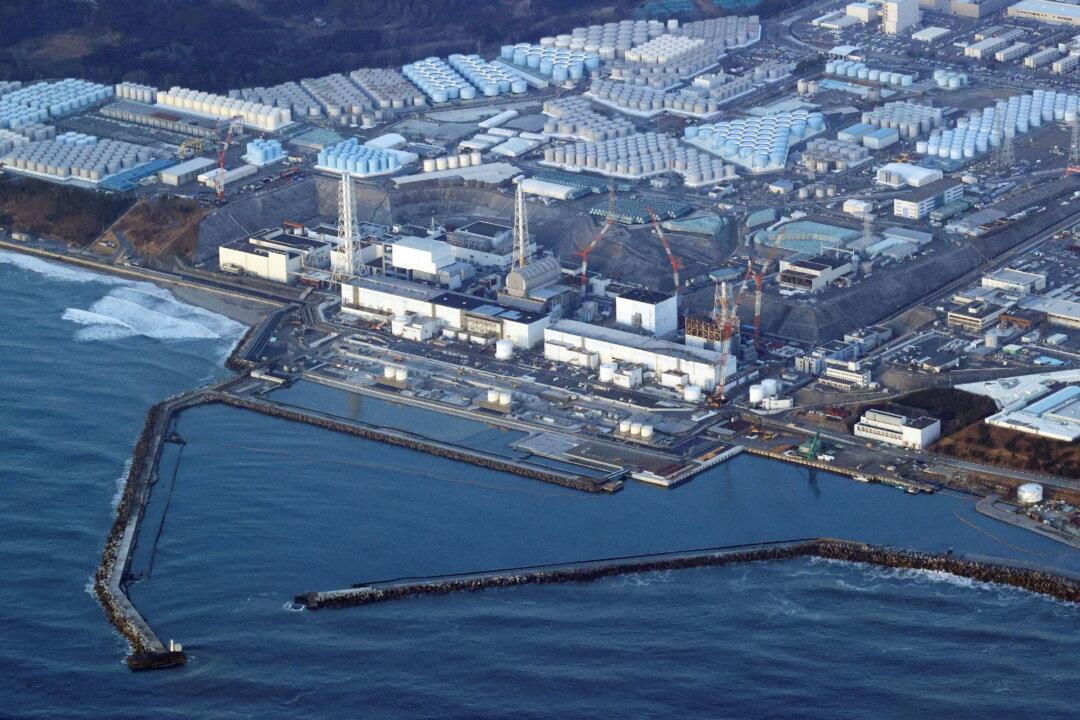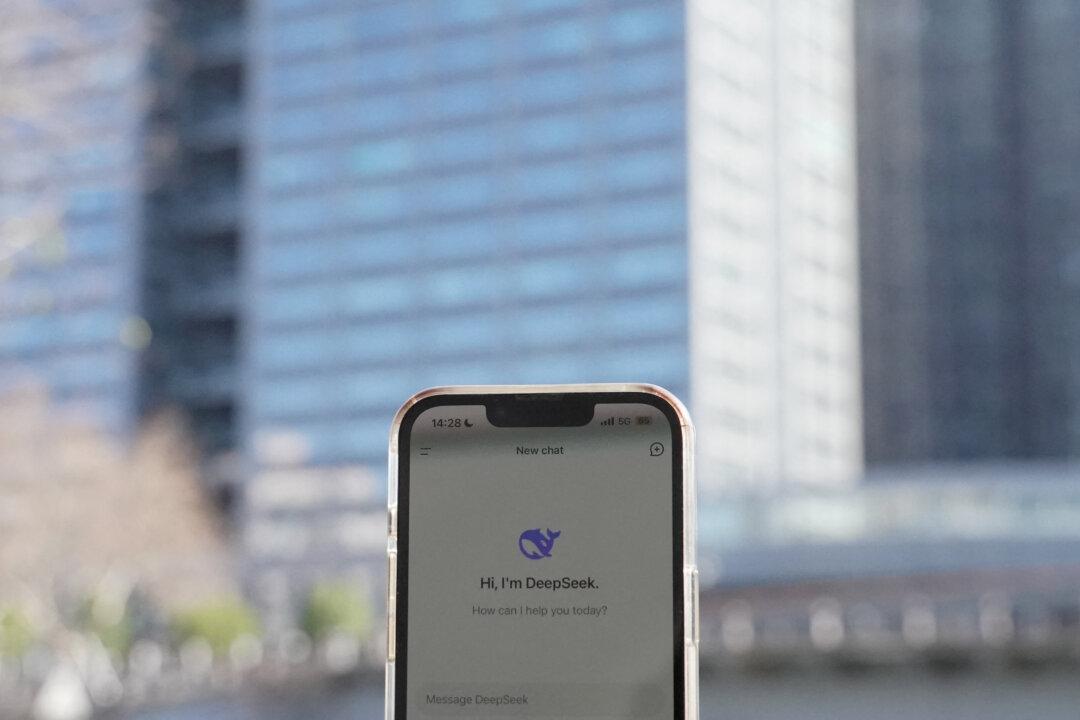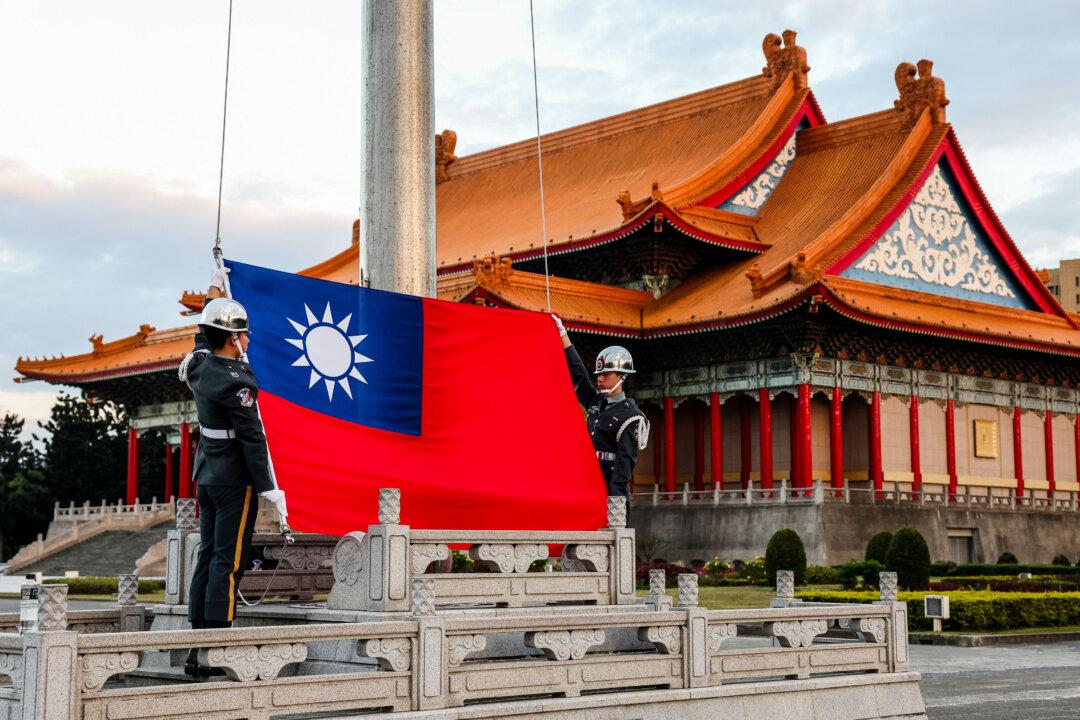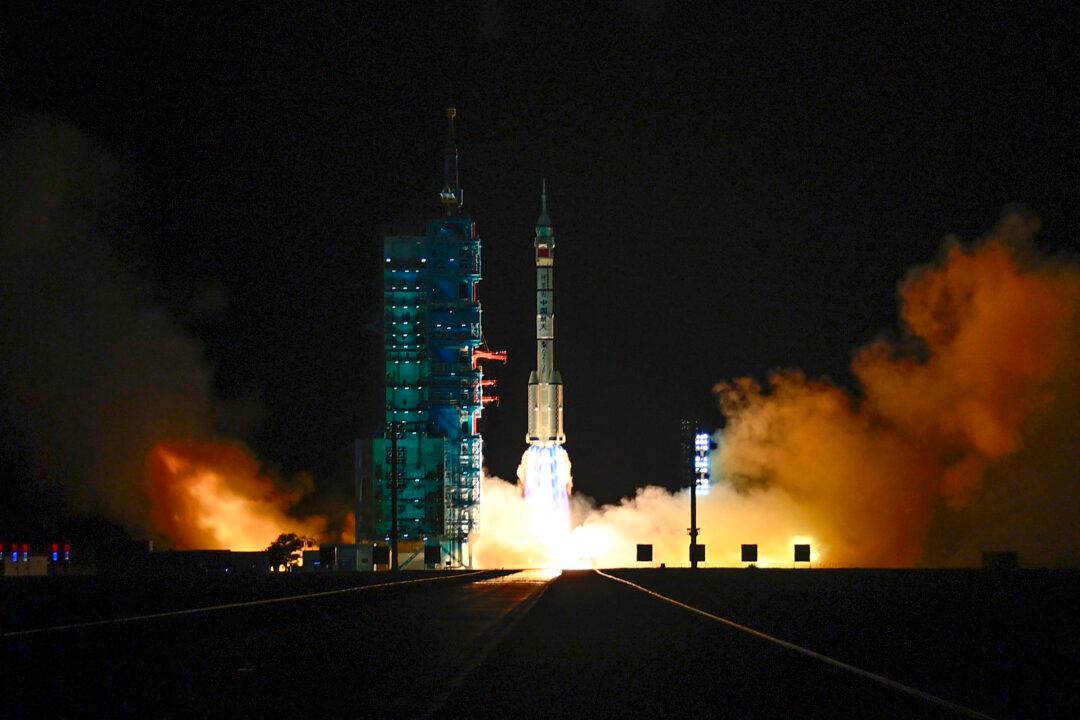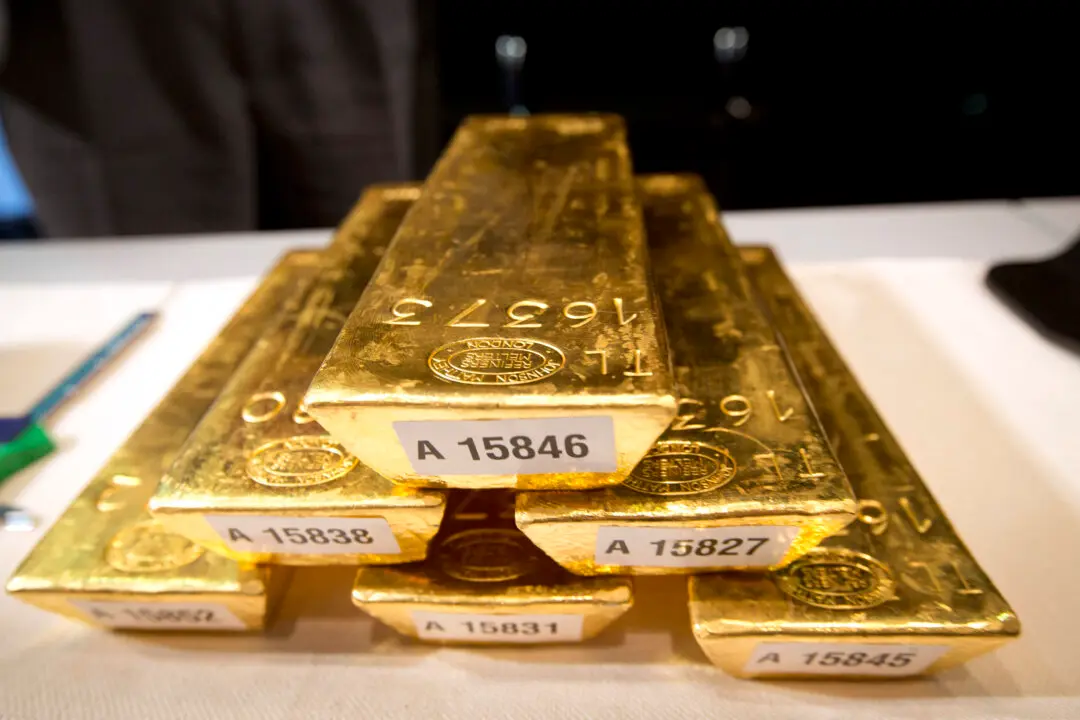The International Atomic Energy Agency (IAEA) published a report in July endorsing Japan’s plan to release safely treated water from the Fukushima nuclear plant into the sea. While South Korea and Taiwan respect the result, Beijing firmly opposes, a move some analysts believe as an attack to destroy the alliance of the United States, Japan, and South Korea.
Multi-Nuclide Removal Equipment ALPS
On March 11, 2011, a powerful earthquake and tsunami in eastern Japan damaged power supplies at the Fukushima nuclear power plant, melting three reactors, thereby contaminating the water and groundwater used to cool the molten nuclear fuel with radionuclides. As a result, water has been needed continuously to cool molten fuel and fuel debris since the nuclear accident.Water treated at the Fukushima nuclear plant has been increasing by 90 tons a day. As of the end of June, 1.34 million tons had been filled in nearly 1,000 storage tanks. At present, 98 percent of the storage tanks in the facility are used. With this rate, the tanks will be fully filled between February and June 2024.
